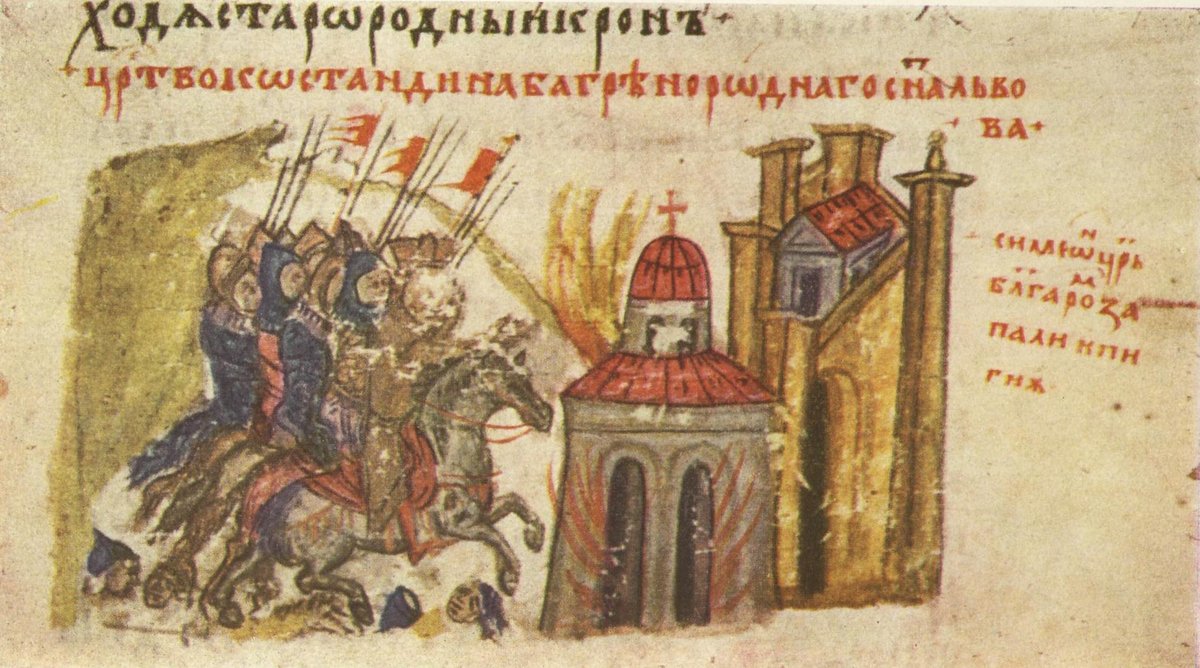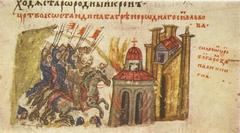
Church of St. Mary of the Spring, Istanbul: Visiting Hours, Tickets, and Historical Guide
Date: 14/06/2025
Introduction
The Church of St. Mary of the Spring, also known as Zoödochos Pege (“Life-giving Spring”), is one of Istanbul’s most significant Byzantine landmarks and a treasured pilgrimage site for the Greek Orthodox community. Famed for its sacred spring, which has attracted the faithful for nearly 1,500 years, the church stands as a remarkable testament to Istanbul’s layered religious, architectural, and multicultural history (Wikipedia, OrthoChristian). This guide offers a detailed exploration of the church’s origins, architectural features, legends, and practical visitor information to enhance your experience.
Table of Contents
- Early Foundations and Byzantine Era
- Medieval Significance and Imperial Patronage
- Ottoman Conquest and 19th-Century Revival
- Artistic and Architectural Heritage
- Pilgrimage, Cultural Legacy, and Traditions
- Visitor Information
- Nearby Attractions
- Frequently Asked Questions (FAQ)
- Conclusion and Visit Tips
- References
Early Foundations and Byzantine Era
The Church of St. Mary of the Spring traces its roots to the late 5th century CE. According to tradition, Emperor Leo I, before ascending the throne, was led by a divine voice—believed to be the Virgin Mary—to a spring whose waters miraculously restored a blind man’s sight. In gratitude, Leo built a church at the site, establishing a sanctuary that quickly became known for its ayazma (holy spring) and healing powers (Wikipedia, The Art Bog).
The site gained prominence as a center of Orthodox pilgrimage. Emperor Justinian I later rebuilt and expanded the church, reportedly utilizing surplus materials from Hagia Sophia, further solidifying its religious significance (Historical Istanbul Tours).
Medieval Significance and Imperial Patronage
Throughout the Byzantine era, the Church of St. Mary of the Spring was both a spiritual haven and a health retreat, beloved by emperors and the public alike. The reputation of the ayazma grew, credited with countless miracles and sought for blessings related to health, fertility, and marriage. The site remained a vital nexus of faith, even as earthquakes occasionally necessitated restoration (Historical Istanbul Tours).
Ottoman Conquest and 19th-Century Revival
With the Ottoman conquest of Constantinople in 1453, the original church was destroyed, but the sacred spring continued to draw the faithful. Legends, such as the tale of the resurrected fish, gave rise to the Turkish name “Balıklı” (“place with fish”), reflecting the enduring mystical aura of the site (OrthoChristian).
In 1835, Sultan Mahmud II granted permission for the church’s reconstruction, marking a revival for the Greek Orthodox community. The new structure, built on the foundations of its predecessors, preserved the holy spring and reinforced the church’s importance as a hub for worship and community life (Wikipedia, The Art Bog).
Artistic and Architectural Heritage
The present church, completed in the 19th century, blends Byzantine and neoclassical elements. Its basilica layout features a central nave, side aisles, and a narthex. The interior highlights a gilded iconostasis adorned with icons of Christ Pantocrator, the Virgin Mary (especially the “Life-Giving Spring” icon), and other saints. Frescoes and devotional art narrate the miracles of the spring and the lives of the Virgin and saints (Istanbul Tips).
The crypt, partially subterranean, houses the sacred spring, where water flows into a marble basin surrounded by a carved balustrade. This quiet, reflective chamber is a focal point for pilgrims and visitors seeking healing and spiritual solace (source).
Adjacent to the church is a cemetery with ornate Greek-inscribed tombstones and mausoleums, reflecting the church’s enduring role in Istanbul’s Greek Orthodox community.
Pilgrimage, Cultural Legacy, and Traditions
The church’s holy spring remains a powerful symbol of healing within Eastern Orthodoxy. The annual feast day on the Friday after Orthodox Easter, known as Bright Friday, is marked by processions and special liturgies that attract thousands of pilgrims and visitors (Istanbul Trends, The Turkey Traveler).
The church is also notable for its role in preserving the Greek Orthodox community’s traditions, language, and rituals, as seen in the cemetery’s Karamanli inscriptions (Turkish written in Greek script) and its ongoing liturgical schedule (Everything.Explained.Today).
Visitor Information
Visiting Hours and Tickets
- Hours: Open daily from 9:00 AM to 5:00 PM. Hours may be adjusted on feast days or for special events.
- Admission: Entry is free; donations for maintenance are welcomed.
- Guided Tours: Available through local tour operators and some Istanbul historical sites packages.
Accessibility
- Mobility: The church and garden are generally accessible, though the crypt and spring area involve stairs and uneven surfaces.
- Facilities: Basic restrooms are available onsite.
Dress Code and Etiquette
- Dress: Modest attire is required. Shoulders and knees should be covered; women may be asked to cover their heads during services.
- Behavior: Silence and respect are expected, especially during services. Photography is usually allowed outside of liturgical times; always ask before photographing individuals or ceremonies (Istanbul.tips).
Getting There
- Location: The church is in Balıklı, Zeytinburnu, just outside the ancient city walls. The closest Marmaray station is Kazlıçeşme, a short walk away.
- Transport: Easily accessible by public transport or taxi.
Safety
The well-maintained church grounds provide a safe environment. Standard precautions for valuables are advised (Istanbul.tips).
Nearby Attractions
- Balıklı Greek Orthodox Cemetery: Features elaborate tombstones and mausoleums of notable Greek community figures.
- Ancient City Walls: Explore the nearby Theodosian Walls and Yedikule Fortress for a deeper dive into Istanbul’s history.
- Zeytinburnu District: Offers traditional markets and local eateries.
Frequently Asked Questions (FAQ)
Q: What are the visiting hours of the Church of St. Mary of the Spring?
A: Daily, 9:00 AM – 5:00 PM. Check ahead for changes during holidays.
Q: Is there an entrance fee?
A: No, entry is free, though donations are appreciated.
Q: Is the church accessible for those with limited mobility?
A: The main church and garden are accessible, but the spring area involves stairs.
Q: Are guided tours available?
A: Yes, via local tour operators or by arrangement.
Q: Can I take photographs?
A: Yes, except during services or without permission when photographing people.
Q: Are there special events to attend?
A: The Bright Friday (Friday after Orthodox Easter) feast is the main annual event.
Conclusion and Visit Tips
The Church of St. Mary of the Spring offers a profound encounter with Istanbul’s Byzantine and Orthodox heritage. From its legendary holy spring and evocative art to its vibrant role in the city’s Greek Orthodox community, the church is a must-see for visitors interested in history, spirituality, and culture. Plan your visit to coincide with a liturgical service or feast day for a deeper experience, and consider exploring the surrounding historic district for a well-rounded cultural excursion.
Respect the sanctity of the site, dress modestly, and engage with the church’s rich legacy—whether by collecting spring water, admiring the iconography, or participating in a guided tour. Download the Audiala app for audio guides and up-to-date visitor information, and follow related social media for news on special events and insights into Istanbul’s historical treasures.
Visual and Interactive Resources
Alt text: Exterior view of the Church of St. Mary of the Spring, a historic Istanbul church
Alt text: The sacred ayazma spring with swimming fish at the Church of St. Mary of the Spring
References and Further Reading
- Wikipedia
- The Art Bog
- OrthoChristian
- Historical Istanbul Tours
- Istanbul Trends
- The Turkey Traveler
- Everything.Explained.Today
- Istanbul Tips
- Istanbul.tips - Holy Sites
- Istanbul.tips - Dos and Don’ts






















































































































